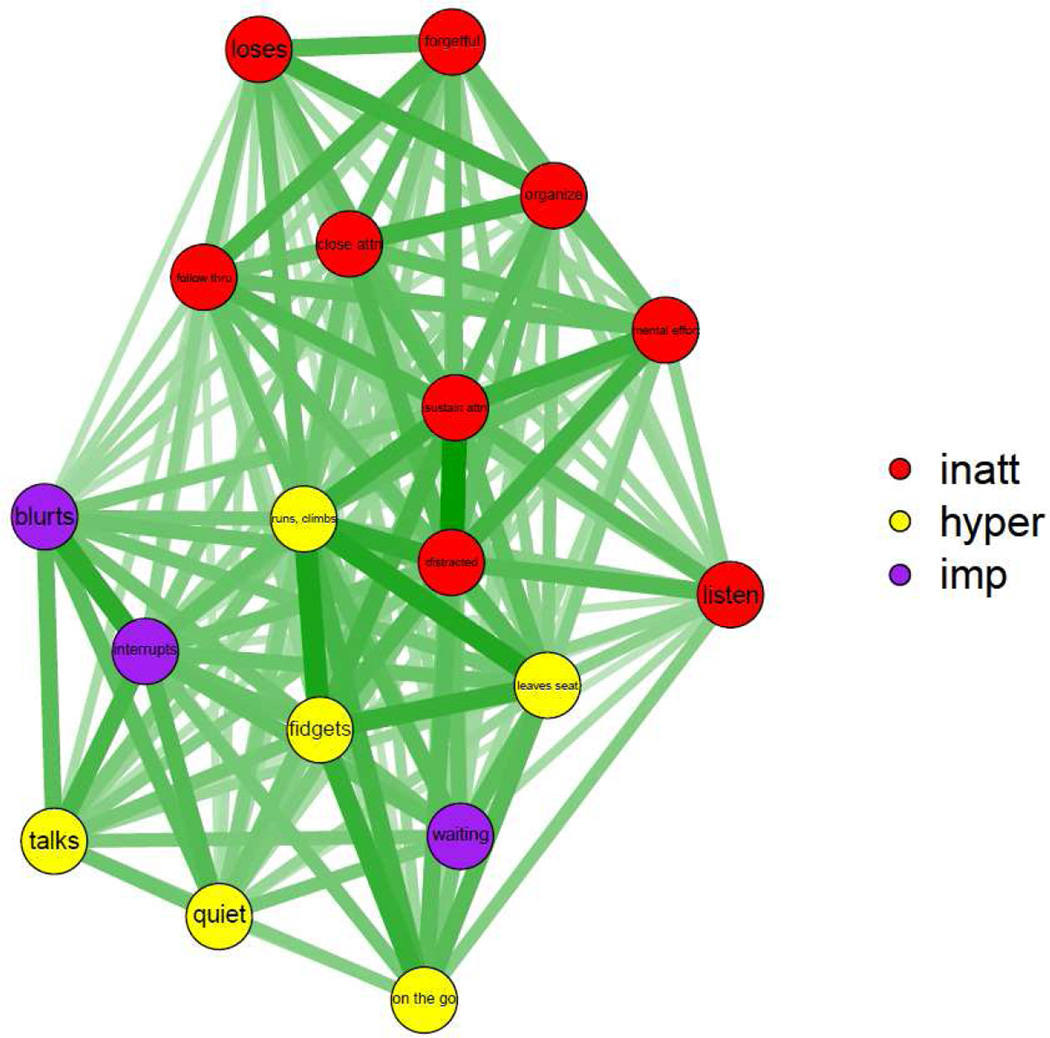Figure 4. Visualization of Three-Cluster Inattention, Hyperactivity, and Impulsivity Adult Network.
Symptom Key. Close attn=Often fails to give close attention to details or makes careless mistakes in schoolwork, at work, or during other activities. Sustain attn=Often has difficulty sustaining attention in tasks or play activities. Listen=Often does not seem to listen when spoken to directly. Follow thru=Often does not follow through on instructions and fails to finish schoolwork, chores, or duties in the workplace. Organize=Often has difficulty organizing tasks and activities. Mental effort=Often avoids, dislikes, or is reluctant to engage in tasks that require sustained mental effort. Loses=Often loses things necessary for tasks or activities. Distracted=Is often easily distracted by extraneous stimuli. Forgetful=Is often forgetful in daily activities. Fidgets=Often fidgets or raps hands or feet or squirms in seat. Leaves seat=Often leaves seat in situations when remaining seated is expected. Runs, climbs=Often runs about or climbs in situations where it is inappropriate. Quiet=Often unable to play or engage in leisure activities quietly. On the go=Is often “on the go,” acting as if “driven by a motor.” Talks=Often talks excessively. Blurts=Often blurts out an answer before a question has been completed. Waiting=Often has difficulty waiting his or her turn. Interrupts=Often interrupts or intrudes on others.

